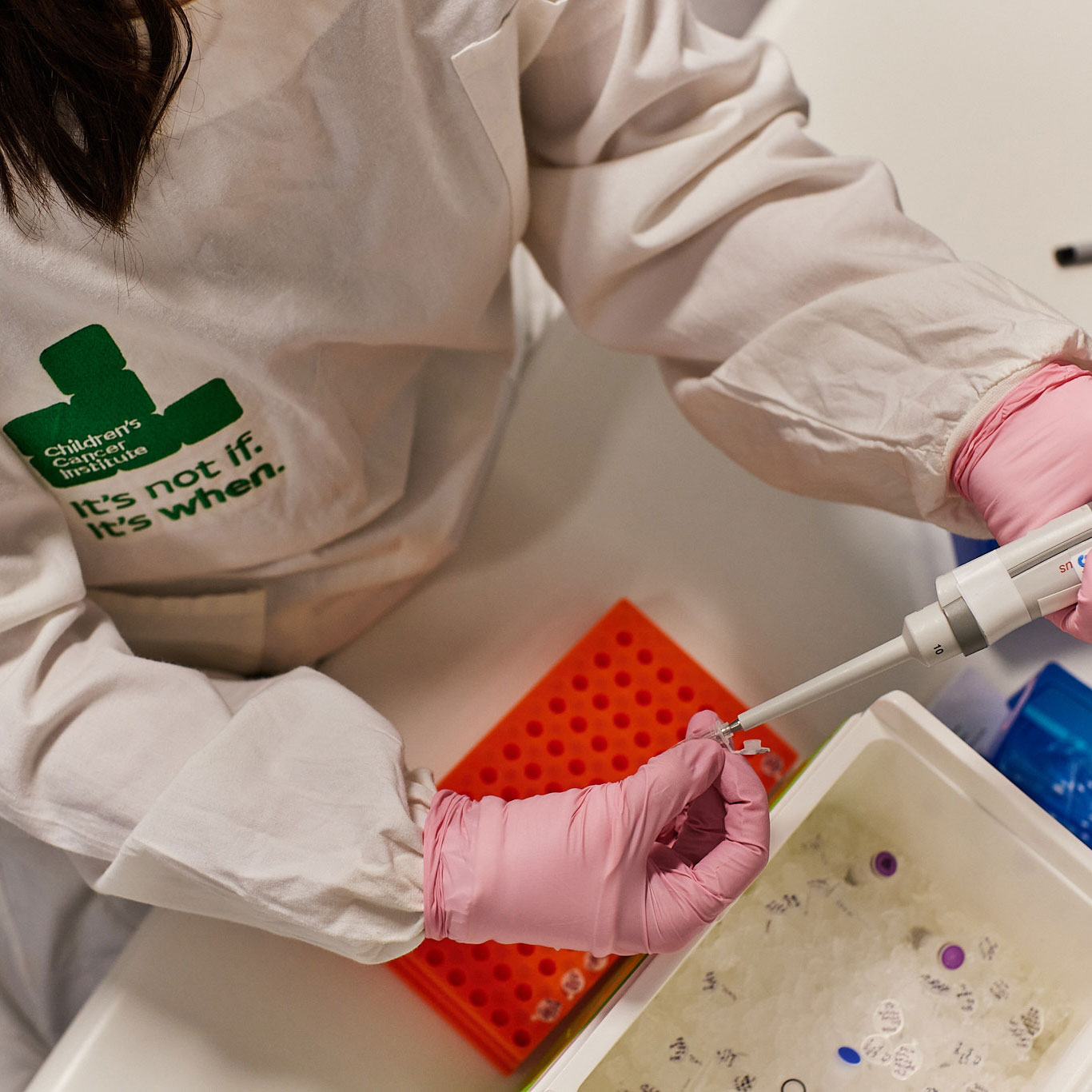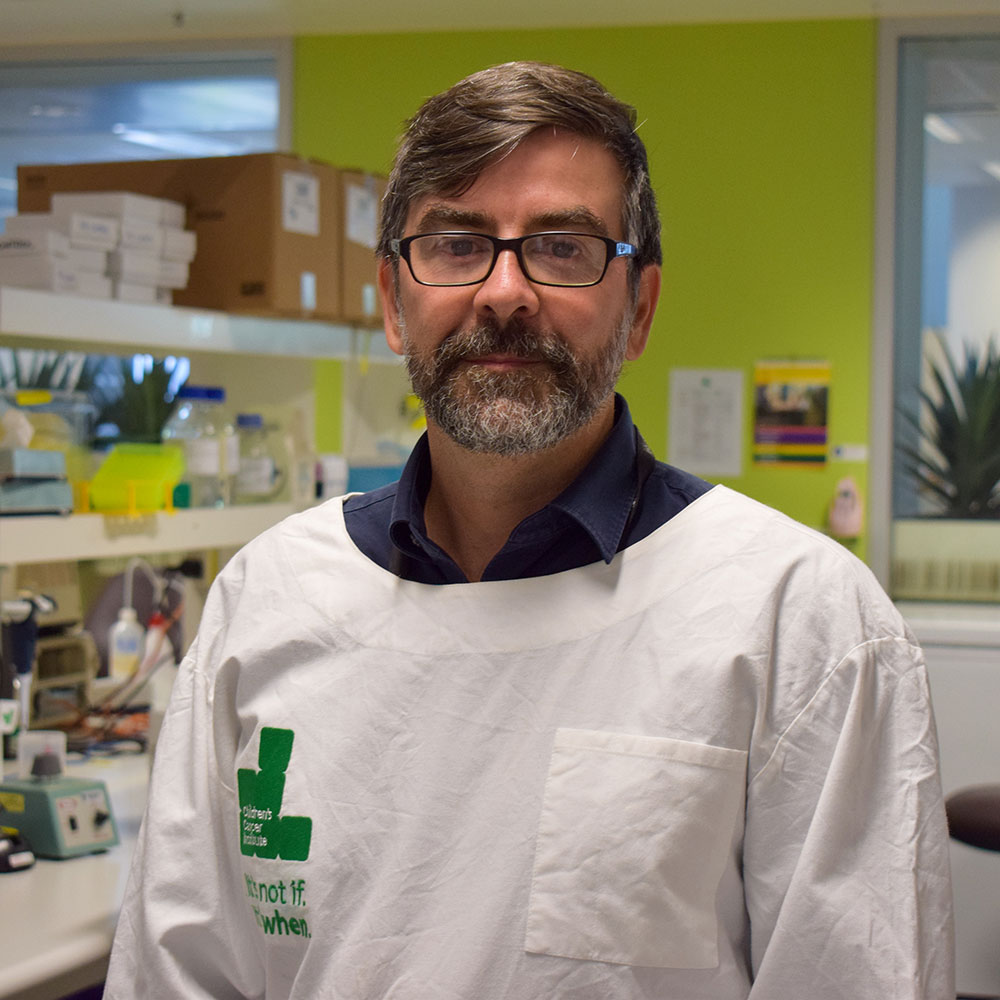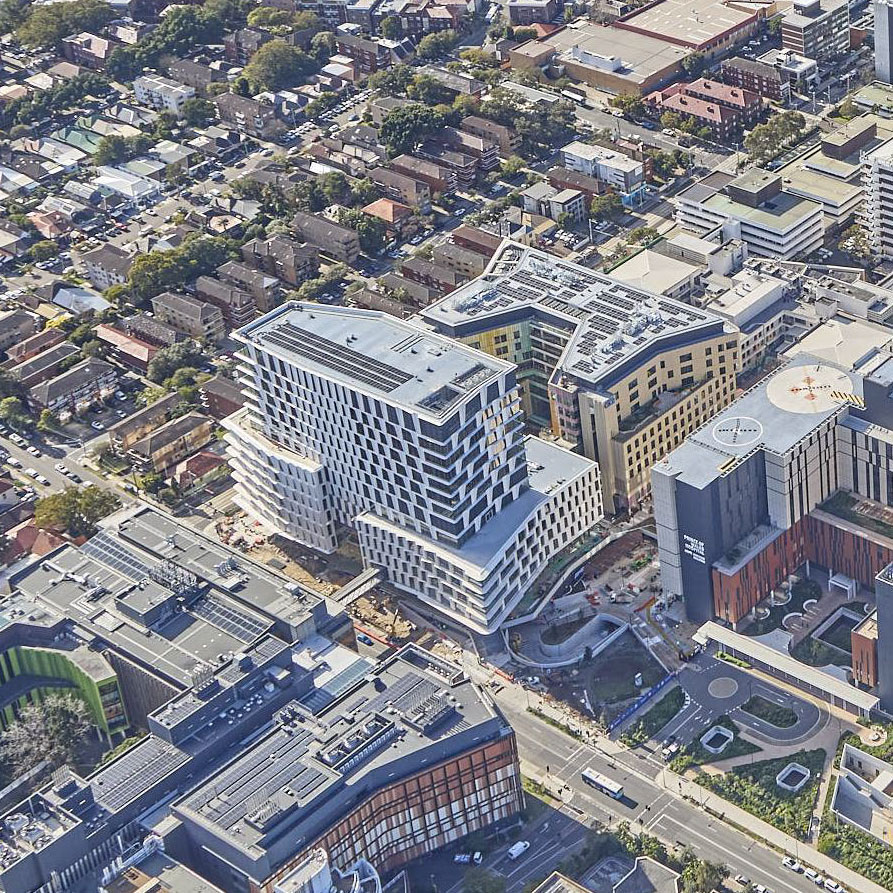Researchers at Roswell Park Comprehensive Cancer Center, working in collaboration with Genome Protection, Inc. and Children’s Cancer Institute in Sydney, Australia, have discovered a novel way by which highly repetitive genetic components belonging to the LINE-1 family of retrotransposons enable tumors to escape treatment. The study demonstrates that LINE-1 activation can promote treatment resistance by inducing inflammatory pathways. Importantly, existing antiviral drugs overcame this resistance in preclinical cancer models.
The study, published today in Proceedings of the National Academy of Sciences of the USA (PNAS), was led by Andrei Gudkov, PhD, DSci, Senior Vice President, Research Technology and Innovation, and Garman Family Chair in Cell Stress Biology at Roswell Park.
Dr. Gudkov and team explored the potential anticancer effect of a treatment aimed at inhibition of LINE-1 activity in tumor cells. They used the antiviral drug stavudine — part of a class of drugs known as nucleoside reverse transcriptase inhibitors, used for treating patients with the human immunodeficiency (HIV) and hepatitis B viruses and found capable of inhibiting a similar enzyme encoded by LINE-1.
Preclinical models representing two cancer types were tested: mice that spontaneously develop either breast cancer or neuroblastoma (the most frequent cancer in infants). The mice received stavudine in their drinking water, either alone or in combination with chemotherapy. Although stavudine alone had no impact on tumor incidence and did not produce any direct antitumor effects, it caused dramatic delays of tumor recurrence following an initial response to chemotherapy and resulted in a substantial extension of progression-free survival in both models.
To identify the underlying mechanism behind that phenomenon, the team modeled treatment resistance by tumor cells in tissue culture. Using global gene expression analysis, researchers found that acquisition of drug resistance by tumor cells coincided with expression of LINE-1 elements that trigger inflammatory responses by activation of interferon type 1 and NF-kappaB signaling pathways. Consistently, artificial induction of LINE-1 expression increased the number of drug-resistant variants in a tumor cell population. Treatment with a reverse transcriptase inhibitor reduced inflammatory response, causing a significant drop in the number of cells resistant to cancer drugs. The researchers concluded that LINE-1 can help tumor cells escape death from chemotherapy by inducing a pro-survival inflammatory response, which is independent of retrotranspositions.
“Biological effects of LINE-1 in cancer origin and progression have been traditionally attributed to the genomic instability they cause during the process of retrotransposition,” says Dr. Gudkov. "Our current work uncovered another mechanism by which LINE-1 can drive treatment resistance, which does not require retrotranspositions or induction of mutations, but is simply associated with the induction of a salvaging inflammatory response.”
“Most important, this mechanism appeared to be druggable since it can be reverted by existing antiviral drugs. In this regard, inhibitors of LINE-1 represent a new class of prospective anticancer agents that, having no direct antitumor activity, can be combined with virtually any existing cancer treatment to block tumor adaptability and delay relapses of disease,” adds Dr. Gudkov.
“We are excited at the potential of this new treatment approach to improve outcomes for children with neuroblastoma and potentially other hard to treat childhood cancers,” said Professor Michelle Haber, Executive Director of Children’s Cancer Institute.
These insights lay the groundwork for a potential new therapy targeting drug-resistant cancers with reverse transcriptase inhibitors. They provided the scientific basis for a clinical trial currently ongoing at Roswell Park in which patients in treatment for small cell lung cancer simultaneously receive the reverse transciptase inhibitor lamivudine – a drug that has a mechanism of action similar to stavudine, which was used in the study conducted by the Gudkov team – with the expectation of extending their progression-free survival. New, more powerful inhibitors of LINE-1 are in development at Genome Protection, Inc., that are expected to reveal the full clinical potential of this treatment modality.
END
Roswell Park Comprehensive Cancer Center is a community united by the drive to eliminate cancer’s grip on humanity by unlocking its secrets through personalized approaches and unleashing the healing power of hope. Founded by Dr. Roswell Park in 1898, it is the only National Cancer Institute-designated comprehensive cancer center in Upstate New York. Learn more at www.roswellpark.org, or contact us at 1-800-ROSWELL (1-800-767-9355) or ASKRoswell@RoswellPark.org.
Genome Protection Inc. (GPI) is a clinical-stage biotechnology company developing antiaging and anticancer drugs by targeting mechanisms of intrinsic DNA damage and immunosenescence. Its broad R&D program involves the development of drugs suppressing endogenous retrotransposons and stimulating innate immune functions that decline with age. Both GPI’s research directions have reached clinical testing conducted in collaboration with physician scientists of Roswell Park Comprehensive Cancer Center and Mayo Clinic. For more information, see https://genomeprotection.com/.
Children’s Cancer Institute is the only independent medical research institute in Australia wholly dedicated to research into the causes, prevention and cure of childhood cancer. Its vision is to save the lives of all children with cancer and improve their long-term health, through research. The Institute focuses on translational research, with an integrated team of laboratory researchers and clinician scientists who work together in partnership to discover new treatments which can be progressed from the lab bench to the beds of children on wards in our hospitals as quickly as possible. These new treatments are specifically targeting childhood cancers, to develop safer and more effective drugs and drug combinations that will minimize side-effects and ultimately give children with cancer the best chance of a cure with the highest possible quality of life. For more information, see https://www.ccia.org.au/.














